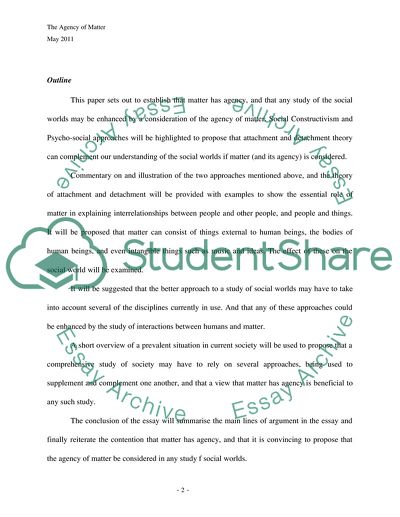Cite this document
(The Agency of Matter: An Essential Component of the Study of Social Essay - 3, n.d.)
The Agency of Matter: An Essential Component of the Study of Social Essay - 3. Retrieved from https://studentshare.org/sociology/1753026-is-it-convincing-to-propose-that-matter-can-have-agency-sociology-essay
The Agency of Matter: An Essential Component of the Study of Social Essay - 3. Retrieved from https://studentshare.org/sociology/1753026-is-it-convincing-to-propose-that-matter-can-have-agency-sociology-essay
(The Agency of Matter: An Essential Component of the Study of Social Essay - 3)
The Agency of Matter: An Essential Component of the Study of Social Essay - 3. https://studentshare.org/sociology/1753026-is-it-convincing-to-propose-that-matter-can-have-agency-sociology-essay.
The Agency of Matter: An Essential Component of the Study of Social Essay - 3. https://studentshare.org/sociology/1753026-is-it-convincing-to-propose-that-matter-can-have-agency-sociology-essay.
“The Agency of Matter: An Essential Component of the Study of Social Essay - 3”, n.d. https://studentshare.org/sociology/1753026-is-it-convincing-to-propose-that-matter-can-have-agency-sociology-essay.


